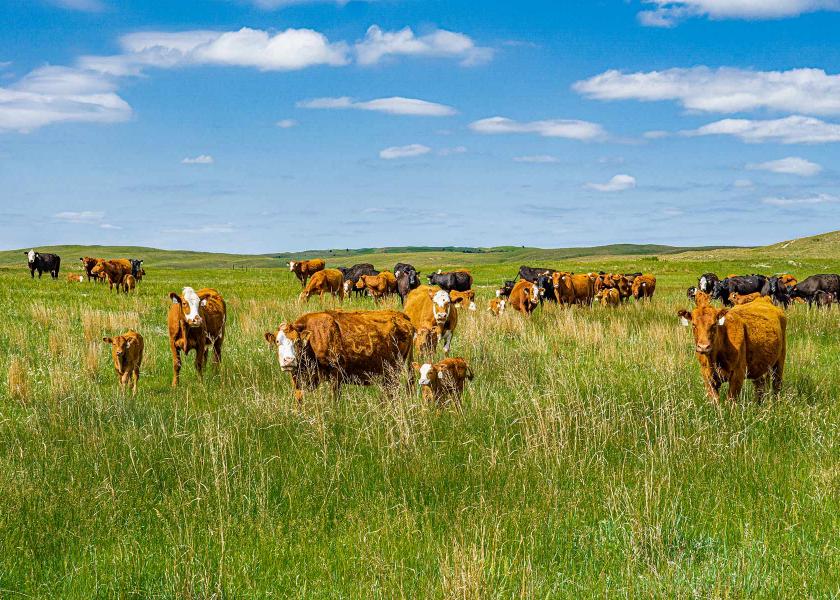Growth Promoting Technologies Important with High Input Costs

We have all noticed that input prices have increased substantially over the last year. Fertilizer, feed, and fuel have given us sticker shock, but in reality, prices for all necessities have increased with herbicides, seed, parts, tires, equipment and trailers all going up.
Based on current Feeder Cattle futures prices in October (currently trading at $180/cwt), 550-pound steers could be selling right at $200/cwt (based on a $10/cwt slide) this fall. Now is not the time to stop spending money on inputs, but we need to be ready to spend our money on inputs wisely.
Growth promoting technologies provide even more impact on net returns when costs are high. As I stated in a previous article, implants administered when the calves are between two months and four months of age will increase preweaning average daily gain of calves by approximately 0.10 to 0.2 pounds per day. This will result in 20 to 30 pounds heavier weaning weight, worth $40 to $50 per calf.
If an operation is currently using creep feeding to increase weaning weights. Alternatives should be considered this year. With typical free-choice creep feeding programs we expect creep intakes of 6 to 7 pounds per day. Free-choice creep feeding normally requires 8 to 10 pounds of creep for each additional pound of gain. Also, if these creep feeds are fed for more than 60 days, calves may be discounted for excessive fleshiness at market. Limit-fed creep feeding programs targeting creep intake of 1% of bodyweight should be considered. The limited creep supplements should be designed to match forage conditions, we use a moderate protein supplement (20 to 25%) when calves are on bermudagrass pastures with adequate protein but energy deficiencies. On native pastures with inadequate protein and energy we use a high protein supplement (35 to 40%) to match the forage deficiencies. The supplements contain 8 to 10% salt to help limit intake and the targeted amounts can be fed in creep feeders 2 to 3 times per week.
Limited creep supplements will increase gains by around 0.5 pounds per day requiring 4.5 to 5 pounds of supplemental creep per pound of added gain. Including an ionophore, such as monensin or lasalocid, in creep supplements will improve gains by 0.1 pounds per day on top of the creep feed, further improving supplemental efficiency to 3.5 to 4 pounds of supplemental creep per pound of added weaning weight. Providing a limit-fed creep supplement during the late summer with an ionophore will result in 50-to-60-pound heavier calf at weaning worth $100 to $120 more per calf. Depending on the cost of the creep supplement this should boost net returns by $50 to $60 per calf (I used $500 per ton of supplement in this example).
Now is not the time to completely pull back from spending money on inputs for our cowherd, but we do need to carefully consider the costs and impact on net returns for all management decisions.
Dr. David Lalman discusses the safety of implanting cattle on a classic episode of SunUp TV at https://video.okstate.edu/media/SUNUPA+Do+implanted+hormones+make+it+to+the+food+supplyF/0_y1ux90j6







